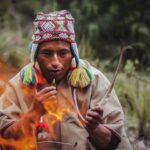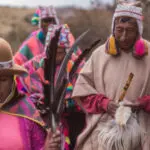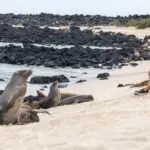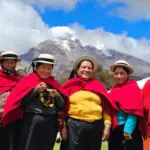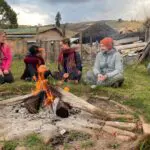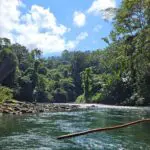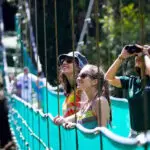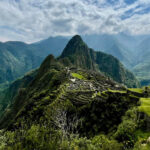Think about the thrill that expeditioners like Hiram Bingham or the Peruvian Carlos Tomás Torrealba must felt when unveiling Machu Picchu (2.430 m) and Gran Pajatén (2.895 m) respectively, amid those mountains that for others were only part of the geography. Think also about the thirst for making new discoveries, that many others that believe that there is still something hidden in the lush vegetation, and that below the thick green layer of the jungle some of the mounts might be pyramids instead.
The Incas taught us that mountains are not just elevations to conquer, on the opposite, they treated them as venerable entities that must be honored. This is how they not only left us their “lost city” but also a “cradle of gold” that is surrounded by clouds and mysticism every day.
So it is Choquequirao the destination we want to suggest, as it is a real physical adventure totally rewarding in a spiritual way. At its more than three thousand meters high, this archaeological complex is reached after getting over the high temperatures of the deep Apurimac canyon and other high elevation mountain passes.
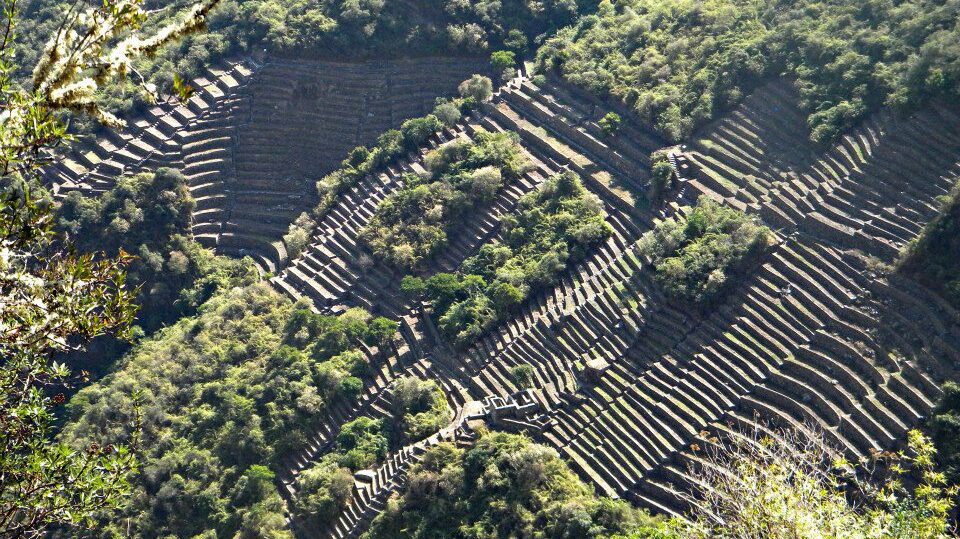
To get to Choquequirao, to know its various sectors, to see its magnificence and to note its unique features has almost no comparison.
Or maybe yes?
The hypothesis that Choquequirao (or parts of it) was work of the Chachapoyas is debated. So let’s go now to the north, to this other realm of unvanquishable people of the mountains that it is equally astonishing because of its capacity of dealing with the indomitable landscape.
Few places in the country had given such a discovery, and that is something not easy to say in Peru! About two hundred mummies were found in a mountain guarded by a dark water lagoon in the middle of the forest, this is known as Laguna de los Cóndores (2.600 m).
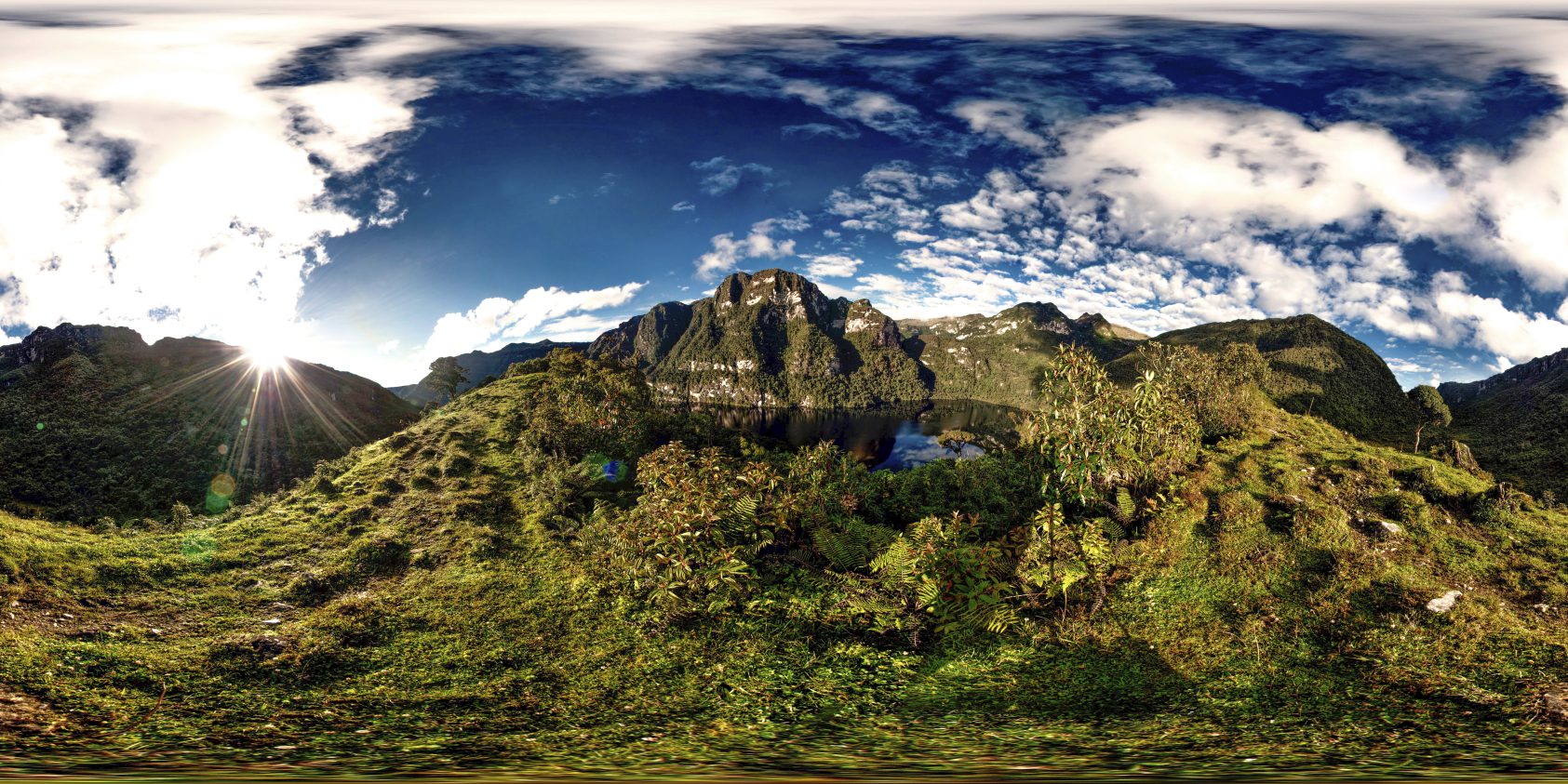
It is a destination that features many difficulties mainly by the rugged terrain and constant changes in the weather and it is normally covered by horse even when the 32 K that separates it from the nearest town of Leymebamba, where the recovered mummies rest in a museum, do not seem to be too far. At the mountain remain the mausoleums on the vertical walls that defies any climbing skills. To get to this mountain will recall a fantasy tale, not to say the landscape.
Now let’s go back to the south, to the Manu Biosphere Reserve because we know about certain formations in the jungle called Patiacolla pyramids (~600 m), and despite it is more likely that it is about a natural geological formation, it is the kind of things that make imagination to fly.
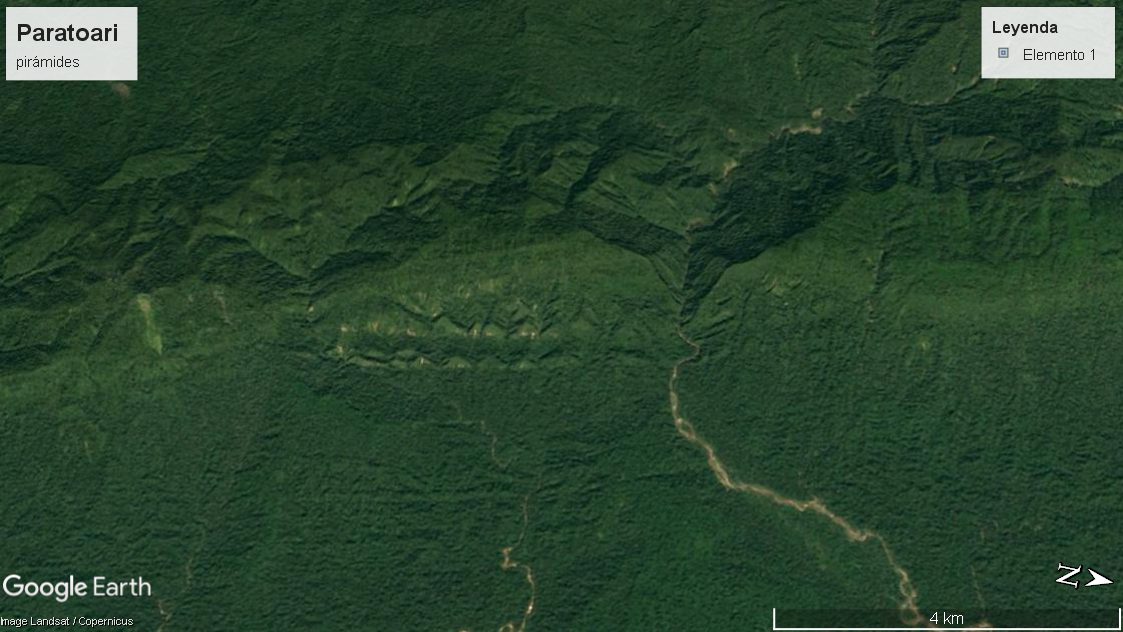
On the route to the lookout, the local native people will take you to a cave where very particular birds make of it home, you will see why. From the lookout, you will get a glimpse of the pyramids that rise from about 150 to 200 meters and you will understand how unreachable are (like any legend). But now the natives will take you to where some speculations say are the clues to get to the pyramids.
The Pusharo petroglyphs are some interesting rock carvings that according to some people might show the way to the evocative formations. How is it your abstract reasoning? Find it out!
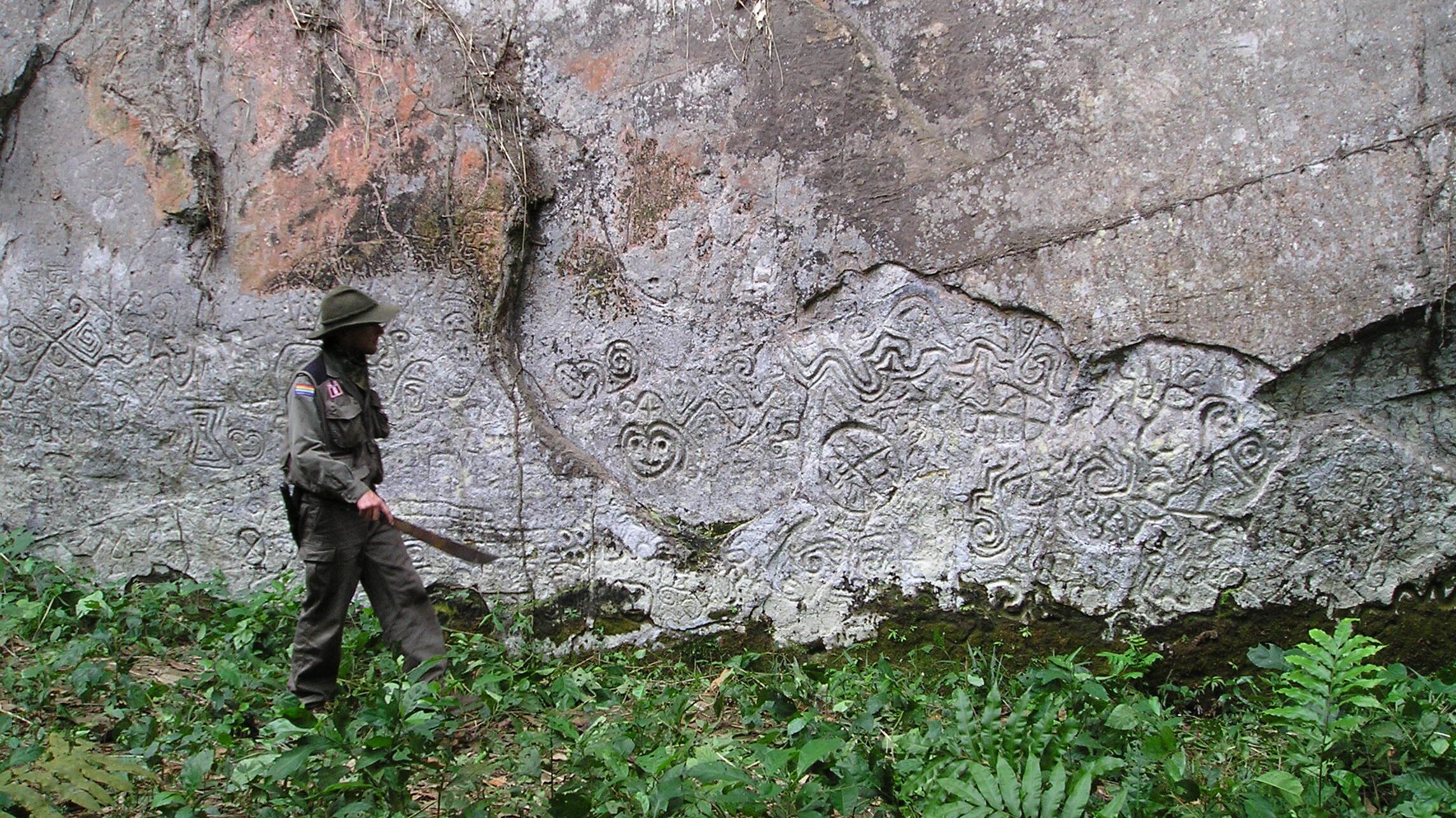
The first part of this article: The great mountains of Peru, will be continued in its own post that you shouldn’t miss. Follow our blog and social networks for being always updated on the trips that our travel specialists continuously design to fit the needs of our clients.
If you came to this article is that something inside you is looking for adventures out of the ordinary or if it is the case that you are a media company do not go away because we have experience in the development of productions in places outside the tourist areas.
Do not hesitate to contact us in any of your preferences; by filling out our custom travel form or to our email address.
Header: Juanca Loayza. Wikimedia Commons

